Nestled two hours from central Kyoto, Ine is a tranquil fishing town of 1,800 residents. Its iconic funaya (舟屋; boat houses that sit elegantly on the water) have long been a symbol of harmony between people and the sea.
But this quiet beauty is now under pressure. In 2024, the town saw nearly 480,000 visitors, about 270 times its population.
The town is under strain
Locals say their everyday lives have become increasingly difficult due to tourism. Most visitors arrive by car, since no train runs through the area. Narrow roads quickly clog, and traffic jams stretch through weekends and holidays. Some residents say they can’t even drive out of their homes during long weekends.
Noise and crowding have also become routine. Tourists trespass on private property, eat on residents’ doorsteps, or roll suitcases noisily through tight lanes. Frustrated, the Ine Tourism Association posted a message on its website reminding visitors that the funaya are “private homes and places of daily life, not sightseeing spots.”
A local fisherman expressed the growing fatigue. “We’re the ones preserving these boat houses. The government should think of residents first, and tourism second,” he said.
Why has Ine become so popular?
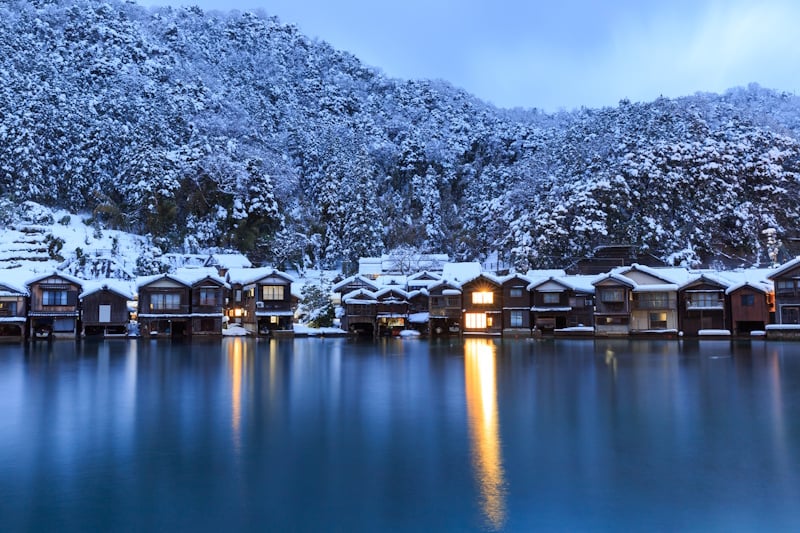 Picture: Anesthesia / PIXTA(ピクスタ)
Picture: Anesthesia / PIXTA(ピクスタ)
The surge of visitors didn’t happen by accident. Experts and travel bloggers say several factors drove Ine’s popularity.
Many travelers want to escape crowded cities like Kyoto and Tokyo. “Overtourism in urban areas has made foreign tourists seek quieter, rural escapes,” one blogger wrote.
The funaya, homes built directly on the sea, offer what many call “a quintessential Japanese view.” Videos of the wooden houses glowing under the sunset have gone viral on Instagram and TikTok, especially among Asian travelers.
Improved access also helped. New bus routes and package tours now connect Kyoto to Ine via Amanohashidate, making it easier to visit in a day. The trend toward “slow travel” and “deep Japan” experiences has made Ine a perfect fit for those seeking authenticity.
Balancing livelihood and livability: the countermeasure
The local government has taken steps to ease tensions. Authorities have distributed leaflets about etiquette, improved parking spaces, and dispatched traffic control staff. Some residents welcome these moves but remain cautious.
Others see opportunity. “The town had lost many shops, but tourism brought them back,” one resident said. “Young people are opening stores, and the streets feel lively again.”
The situation reflects a national challenge: Japan’s return to record-high tourism after the pandemic has fueled overtourism across the country. With a weak yen and social media buzz, even remote towns like Ine are facing sudden exposure.
The bigger picture: crowded buses and coastal boats
In the Sea of Kyoto region, which includes Ine and nearby Miyazu, local transport has reached breaking point. The bus line connecting the two towns, known as the Ine Line, is packed with foreign visitors, leaving elderly residents unable to board. This reflects Kyoto’s larger issue with residents struggling to find space on public transit as tourism booms.
To ease congestion, a regional tourism organization, Umi no Kyoto DMO, launched a sightseeing boat service in 2024. The new pleasure cruise connects Miyazu and Ine, offering tourists a sea route that bypasses clogged roads. The one-hour trip runs twice a day on weekends and holidays.
Planning a trip to Japan? Get an authentic, interpreted experience from Unseen Japan Tours and see a side of the country others miss!

“Noah [at Unseen Japan] put together an itinerary that didn’t lock us in and we could travel at our own pace. In Tokyo, he guided us personally on a walking tour. Overall, he made our Japan trip an experience not to forget.” – Kate and Simon S., Australia

See a side of Tokyo that other tourists can’t. Book a tour with Unseen Japan Tours – we’ll tailor your trip to your interests and guide you through experiences usually closed off to non-Japanese speakers.
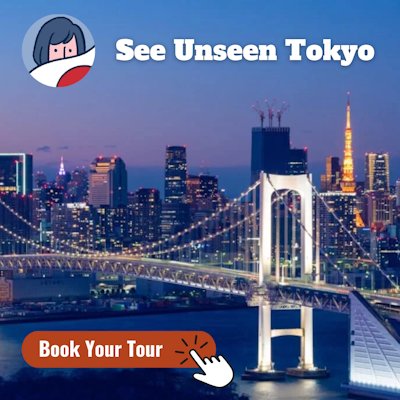
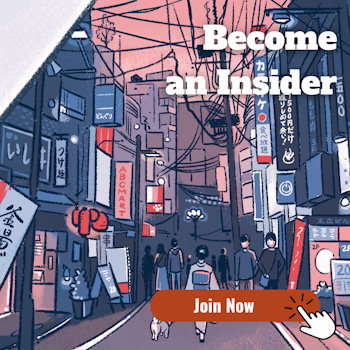
Want more news and views from Japan? Donate $5/month ($60 one-time donation) to the Unseen Japan Journalism Fund to join Unseen Japan Insider. You’ll get our Insider newsletter with more news and deep dives, a chance to get your burning Japan questions answered, and a voice in our future editorial direction.
Results were promising. “We saw fewer tourists left behind at bus stops,” said an official. “Many passengers said they found boat travel more enjoyable, even if it cost more.”
However, when the group tried a reservation-only bus service during stormy months, demand dropped. Many travelers had already bought unlimited railway passes and were reluctant to pay extra.
Despite this, the DMO plans to continue the sea route in 2025 and introduce express buses designed specifically for tourists. These new lines will stop only at key attractions like Amanohashidate, Kono Shrine, and the Ine Boat House area, keeping public buses free for residents.
Locals think, “don’t fear overtourism, manage it”
Parking remains a major issue. During summer, car parks fill quickly, forcing visitors to park on narrow streets. Vehicles squeeze past pedestrians at unsafe distances. Residents fear accidents are only a matter of time.
Yet Yoshida Akihiko of the Ine Tourism Association sees both sides. “We’re standing at the entrance to overtourism. Of course, we’re concerned. But we’re also thankful that people choose to visit a small town like ours,” he said. Yoshida believes overtourism shouldn’t be viewed only as pollution. “If managed well, it can benefit the region. We must stay positive, share information about travel manners, and find local-led solutions together,” he said.
The DMO recently launched a “Park and Cruise” initiative. From July 2024, tourists are encouraged to leave their cars in outer parking lots and take boats into the harbor area. The plan aims to reduce car traffic near the funaya. But early results were mixed. On a late-August weekend, parking lots still filled up by midmorning. “Even after the campaign started, the road near the harbor was jammed,” one observer noted. The challenge persists.
For a town battling population decline and aging, tourism has brought both life and stress. “In rural Japan, where shops and schools are closing, tourists bring energy back,” said a local official. But too much attention too fast has created friction.
Toyoda Yuko, head of Ine’s Tourism Planning Division, acknowledged the dilemma. “We’re happy so many people enjoy our town,” she said. “But residents can no longer maintain the peaceful lives they once had. Our goal is to create a town where both visitors and locals feel comfortable.”
Parallels across Japan
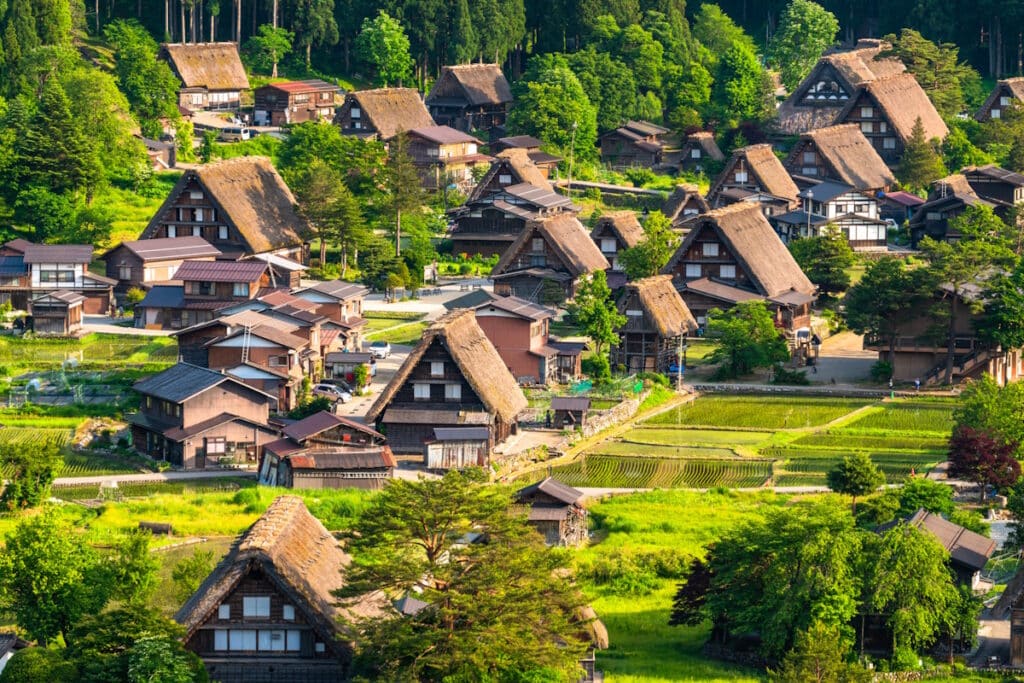 Shirakawa-gō is another privately-owned location in Japan that has worked actively to manage overtourism. (Picture: まちゃー / PIXTA(ピクスタ))
Shirakawa-gō is another privately-owned location in Japan that has worked actively to manage overtourism. (Picture: まちゃー / PIXTA(ピクスタ))
Ine’s strategy is similar to that taken by the historic village of Shirakawa-gō. Like Ine, Shirakawa-gō is a popular sightseeing spot that’s comprised primarily of private property.
The village of iconic gassho-zukuri houses has created dedicated manner guides for foreign visitors and has raised parking fees for cars and tour buses. Shirakawa-gō aims to teach worldwide visitors about its historic setting while also securing peace and safety for its residents.
Ginzan Onsen in Obanazawa, Yamagata Prefecture, is also wrestling with how to accommodate 87 times more tourists than it has residents. The town recently declared that day visitors would have to park outside of town limits. It also requires buses arriving between 4pm and 8pm to have a parking reservation.
“Japan is too lenient on overtourism,” says expert
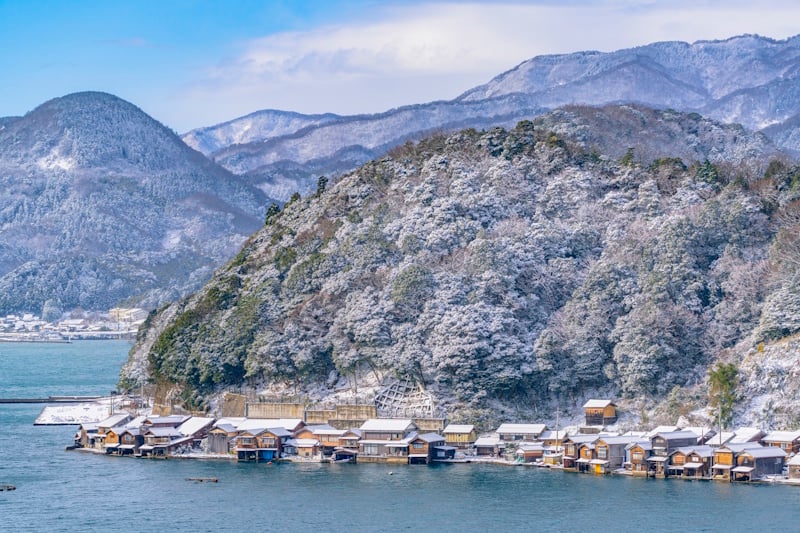
Keio University associate professor Takeda Hidetaro argues Japan must learn from abroad. “Japan is too soft on overtourism,” he said.
“Venice started charging an entry tax in 2024 and fines violators. If Ine charged 1,000 yen per visitor, that could raise five billion yen. That money could support better public services.”
Takeda believes Japan should collect more from inbound tourism nationwide. “Kyoto nearly went bankrupt, but the lodging tax revived its finances. It’s time Japan builds a system to benefit from tourism more broadly. Otherwise, small towns like Ine could split into winners and losers,” he warned.
Planning a trip to Japan? Get an authentic, interpreted experience from Unseen Japan Tours and see a side of the country others miss!

“Noah [at Unseen Japan] put together an itinerary that didn’t lock us in and we could travel at our own pace. In Tokyo, he guided us personally on a walking tour. Overall, he made our Japan trip an experience not to forget.” – Kate and Simon S., Australia

See a side of Tokyo that other tourists can’t. Book a tour with Unseen Japan Tours – we’ll tailor your trip to your interests and guide you through experiences usually closed off to non-Japanese speakers.


Want more news and views from Japan? Donate $5/month ($60 one-time donation) to the Unseen Japan Journalism Fund to join Unseen Japan Insider. You’ll get our Insider newsletter with more news and deep dives, a chance to get your burning Japan questions answered, and a voice in our future editorial direction.
In addition, Kyoto University professor Fujii Satoshi argues for pricing and regulation. “That area is overwhelmed by traffic,” he said. “We must charge tolls or introduce strict parking fees. Building new parking lots is an investment, but also a form of regulation.” Fujii suggests introducing entry or parking charges to limit numbers. “It’s not about excluding tourists, but about balance,” he explained. “This land belongs to the people who live there. Visitors should come as guests, not overwhelm the hosts.”
Searching for sustainable coexistence
Despite mounting challenges, many in Ine remain hopeful. The community continues to explore new ways to welcome visitors while preserving the charm that draws them in.
Tourism officials plan to keep improving transportation, promote visitor etiquette, and expand local participation in tourism planning. “We’ll refine our current measures and work together for better ones,” Yoshida said.
Sources
【困惑】「日本はオーバーツーリズムに甘すぎる」人口1800人の町に年間48万人が殺到『伊根の舟屋』に押し寄せる“観光公害”の波 YTV
「ひたすら迷惑…」「伊根の舟屋」人気で住民疲弊 観光にかじを切った町 観光と住民の平穏は共存なるか 8カンテレ
京都府北部で深刻化しつつあるオーバーツーリズム 混雑対策に効果はあるのか、現地を取材 京都新聞
なんでこんな田舎へ?伊根町にインバウンド客が集まる理由 YAHOOニュース
住んでよし・訪れてよしの観光地へ 宮津・伊根オーバーツーリズム対策に迫る 海の京都Times

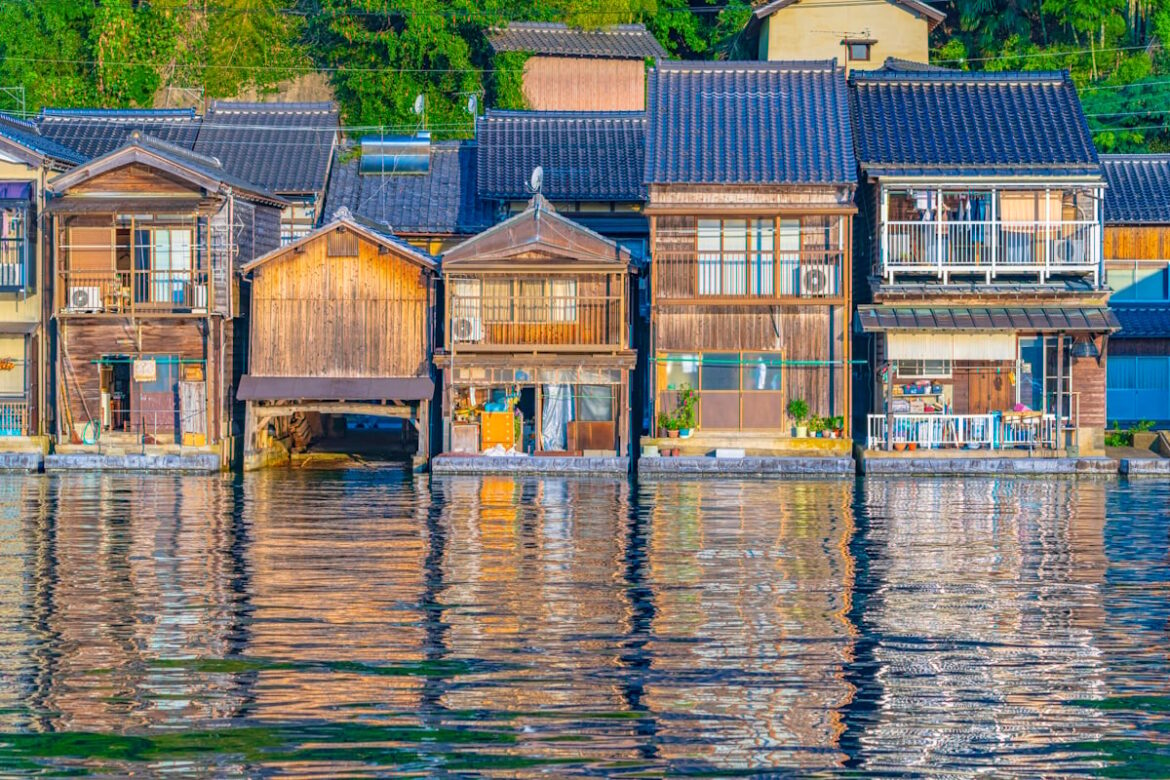
AloJapan.com